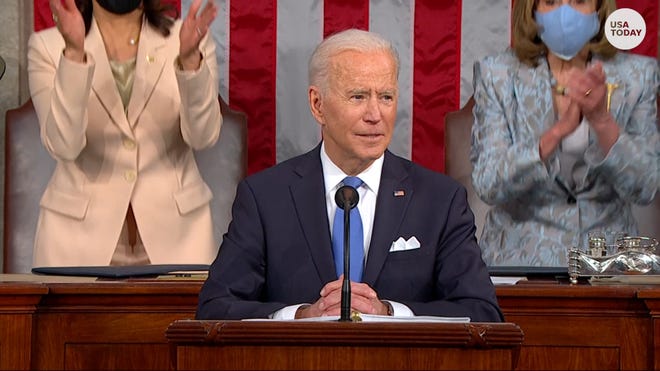
More than a generation ago — August 2021 will mark 28 years — Minnesota became the first state to provide human rights protections to lesbian, gay, bisexual and transgender residents. It was a long, arduous journey with lots of setbacks, but it was finally accomplished with a campaign headlined, “It’s Time Minnesota.”
The victory was a major legislative achievement that took the coordinated actions of courageous legislators, vocal LGBTQ activists and allies, and solid support from business and progressive faith leaders.
My reflection on that Minnesota human rights victory in 1993 is prompted by the introduction and progress of nondiscrimination legislation now in Congress. This vital federal legislation — the Equality Act — will provide nationwide the same LGBTQ protections now embedded in Minnesota law.

I anticipate that enactment of the Equality Act will have the same effect on the rest of the country as we’ve experienced in Minnesota — quietly impactful, yet life-changing for so many of us in the LGBTQ community.
Keep in mind that a generation of Minnesotans — queer and straight, young and old — have grown and thrived in an environment where LGBTQ rights are accepted and legally affirmed. For all the “hooting and hollering” that preceded its passage in 1993, the law has been one of the most unobtrusive state legislative actions that I can recall.
Most Minnesotans would be hard-pressed to respond if asked whether the state has human rights protections for LGBTQ folks. I expect some of our queer community members would stumble on an answer even while living under the protections provided by the legislation.
State law was key step for justice
Over the years, the law has been a subtle, yet strong, foundation around which LGBTQ people in Minnesota build their lives and expand their horizons in an environment of equality and justice.
And the impetus for authoring and passing that historic legislation came from that same mixture — queer and straight, young and old folks — who realized how important it was for all residents of Minnesota to have the same rights and expectations of acceptance that didn’t end at the city limits or county boundaries but extended across the full breath of this beautiful state.
By 1993, after years of activism in urban spaces and rural settings, of telling our stories then listening and responding to the concerns of opponents, the statewide backing for nondiscrimination legislation had finally grown in broad-based strength.
More:Crawford resident petitions for ouster of 2 Penncrest school directors for ‘homophobia’
And this support was led by members and leaders of diverse faith communities, heads of corporations as well as small business owners, union leaders and members, and a dynamic coalition of equality advocates and allies.
Yet, legislators who held the future of these vital protections in their hands were reluctant to act — as they had been for many prior legislative sessions. When Republican Gov. Arne Carlson took office in 1991, he was amazed to find that the human rights legislation had not yet been adopted.
Carlson bucked his Republican Party when he signed the law in 1993 after it was passed by the legislature.
However, the truth is the protections I have as a transgender person in Minnesota don’t hold when I travel across state boundaries to attend meetings or visit friends in other places where nondiscrimination protections don’t exist.
Protections vary among states
We have such a crazy quilt of state and local LGBTQ laws and ordinances — some affirming and respecting but many more that are restrictive, insulting and penalizing. This is a real challenge to all of us in the LGBTQ community when we try to live our lives fully and authentically, no matter where we are.
Now is the time for this nation to address the inequality that still exists across so many of our states. The broad community support is in place — just look at the national polls that show overwhelming support for adoption of nondiscrimination protections for LGBTQ people.
First steps in the legislative process have already been taken with passage of the Equality Act by the House, and it is awaiting action in the Senate. President Joe Biden has promised to sign the legislation.
Reach out and urge your senators to make nondiscrimination legislation a reality for LGBTQ residents of this amazing country — make your support known by calling, writing or speaking out to your elected representatives.
The law in Minnesota was the first that fully recognized the needs of the LGBTQ community — more states have followed. I wish that same protective environment for all LGBTQ people across this land.
It’s time America!
Barbara Satin is director of faith outreach for the National LGBTQ Task Force.